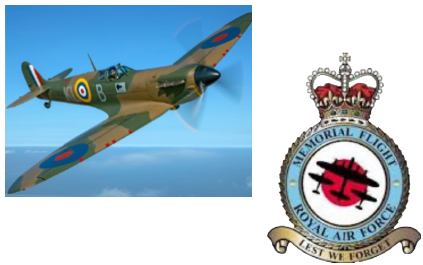WAR GRAVE
LEICESTER BOND WARE (grave 76)
PILOT OFFICER
616 SQUADRON
ABOUT MY LIFE
Born: 14th May 1918
Died: 26th May 1942
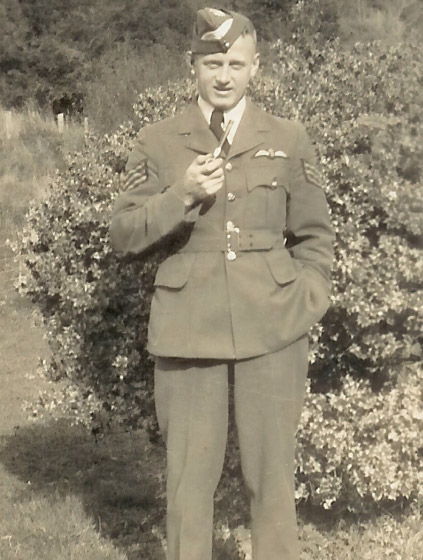
I was born in Christchurch New Zealand, the son of Basil and Edith Ware. I grew-up in Addington near Canterbury in New Zealand , being educated at the Christchurch West High School and passing the university entrance exams. I later took night classes for the professional accountants’ exam and passed in seven subjects. I played football for my school and was also a tennis champion.
On leaving school I was employed by the Hydro-electric branch of the Public Works Department at Invercargill as a clerk. However as early as September 1939, I was putting my application to join the Air Force.
I enlisted in the RNZAF on 27th October 1940 at Levin and undertook pilot training, firstly at Taieri and later Wigram in New Zealand. I was awarded my pilot’s wings and promoted to the rank of sergeant on the 12th April 1941.
Setting off for England via Canada. I arrived 29th June 1941. I then undertook my operational training at Grangemouth and Peterhead in Scotland. From here, I undertook operational patrols with 132 Squadron, before being posted to 616 Squadron. The Squadron moved bases several times whilst I served with them Westhampnett, Kirton in Lindsey and finally Kings Cliffe. I amassed 476 flying hours, completed 48 operational sorties. The day before I died, I was credited with damaging an enemy Dornier 217.
MY AIRCRAFT
Born from the legendary Supermarine seaplanes of the Schneider Trophy races from the inter war years, the Supermarine Spitfire became the most famous aircraft of all time. Designed by R J Mitchell, the Spitfire first flew on 5th March 1936 and to understand the leap forward this represented, it must first be understood that the RAF’s current fleet of biplanes was hopelessly obsolete. In the Spitfire and Hurricane, the RAF finally had fighters that could seriously take on the rising threat of Nazi Germany.
The Spitfire was fast and agile and continued to be developed throughout the war, at each improvement in Luftwaffe technology, the Spitfire was improved. More powerful engines, turbochargers, improved aerodynamics and bigger calibre guns were all installed over time.
Supermarine Spitfire Mk VI
Engine: Rolls-Royce Merlin 47
Engine power: 1,415 hp (1,054 kW) at 14,000 ft (4,267 m)
Maximum speed: 354 mph (570 km/h) at 17,400 ft (5,349 m)
Rate of climb: 2660 ft/min (13.5 m/s) at 28,000 ft (8,534 m)
Service ceiling: 39,200 ft (11,948 m)
Wing loading: 27.0 lb/ft2 (137 kg/m2)
Power/mass: 0.21 hp/lb (0.35 kW/kg)
Combat range: 248 mi (400 km) on internal fuel
Ferry range: 1,530 mi (2,462 km) with 170 Imp gal (204 US gal) drop tank
2 x 20 mm (0.79 in) Hispano II cannon; 60 round drum
4 x 0.303” Browning machine guns; 350
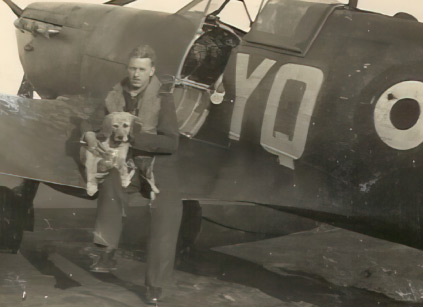
MY ROLE
I was a Fighter Pilot in the single seat Spitfire, it was my job to intercept and destroy enemy aircraft as well as defending friendly aircraft from attack.
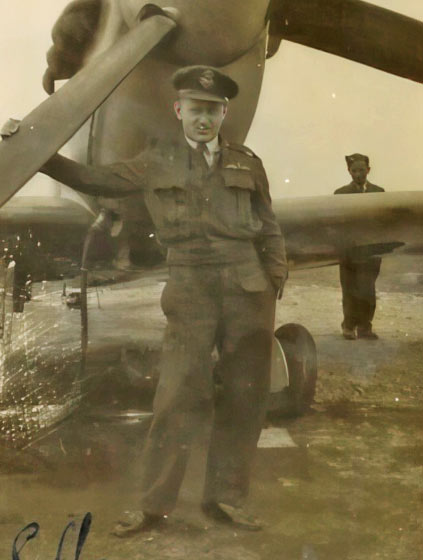
MY SQUADRON
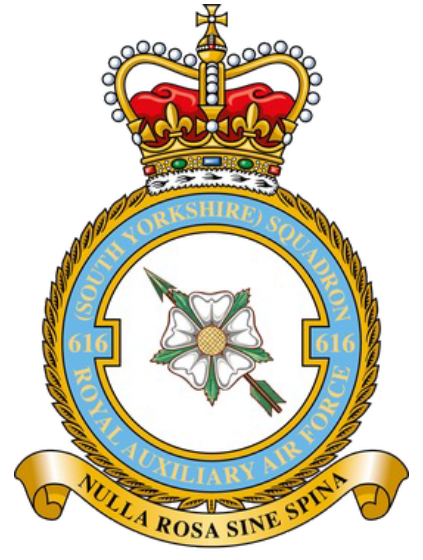
Motto: Nulla Rosa Sine Spina
No rose without a thorn
616 (South Yorkshire) Squadron formed in 1938 at Doncaster as a unit of the Royal Auxiliary Air Force. Initially a bomber Squadron, he soon changed to fighters, flying the Gloster Gladiator biplane. The Squadron converted to the Sptfire mk1 in October 1939 and in the summer of 1940 they were in the Battle of Britain, flying from RAF Kenley.
They continued through most of the war with the Spitfire, until July 1944, when they became the RAF’s first jet fighter squadron flying the Gloster Meteor. This aircraft took them into the post-war era and they finally disbanded as a flying squadron in 1957.
In 2019, the squadron was reformed as a reserve Intelligence unit, with volunteers supplying essential support to their full-time colleagues.

Leicester Ware (1st left) with his Squadron.
THE ACCIDENT
I was on an operational training sortie in my Spitfire Mk VI, tail number BR172. Following take-ff from my base at Kings Cliffe in Northamptonshire, the mission was to practice my air combat skills against the aircraft of 303 (Polish) Squadron. During the exercise, my aircraft was seen to enter a very high-speed dive, so fast in fact that the wings of my aircraft broke off. My aircraft crashed at Dunholme, just to the East of Scampton.
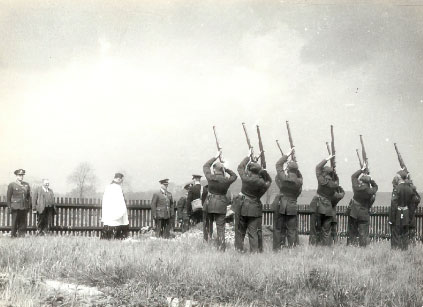

The following was recorded in the 616 Squadron’s Operational records Book: May 26. A tragic day, for Pilot Officer Ware (New Zealand) lost his life in a practice interception exercise with 303 Polish fighter squadron. The circumstances of his death are not known except that he was seen to dive down at great speed, the wings of the aircraft fell off and the aircraft itself burnt on crashing near RAF Station, Scampton. He was a most popular fellow and his loss is keenly felt by the Squadron.
May 30. Pilot Officer Ware is buried at RAF Scampton with full Air Force Honours and representatives are sent from this Squadron.
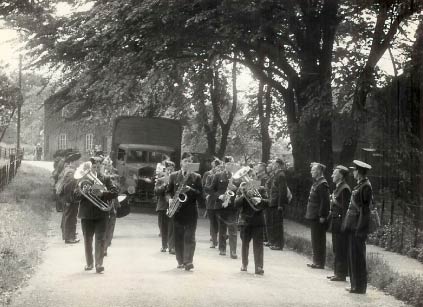
ON THIS DAY IN WORLD WAR TWO – 26TH MAY 1942
Russia and Britain sign a 20-year mutual assistance treaty.
German priests meet with British clergy in neutral Sweden to discuss possible conditions for peace.
Where Next
Visit the Spitfires at the Battle of Britain Memorial Flight RAF Coningsby.
BBMF Visitor Centre, Dogdyke Road, Coningsby, LN4 4SY Telephone: 01522 782040
